Part Two: Okay, once again we’re focused on a Diamondglass 8-foot, 4-weight fly rod. In the previous post, we examined its basics makeup, including reel seat, grip, wraps and so on. And we also took a brief look at the Diamondback Rod Company’s history. In this post we’ll be checking out how the rod casts.

Diamonglass 4wt
For this field test, I loaded a 4-weight Cortland 444 double taper. (Irony there. Cortland likely owned Diamondback when this rod was built.) Well, surprise, surprise. As soon as I got the rod outside, I realized it cast like no other 4-weight “glass” rod I own. What’s the difference? Its “faster”, able to throw a very tight loop, with ease. Truth is, given how quickly the tip “recovers” from every casting stroke, you might assume this was a graphite rod. Rod taper could be part of it, but I believe the key reason lies elsewhere. All my rods are made from E-glass; Diamondglass rods are S2 glass. I’m told S2 is stronger, stiffer, and lighter than traditional E-glass. And capable of producing a “faster” action as well. (Epic fly rods immediately come to mind. These popular New Zealand “glass” rods are S2, and widely touted as “Fast Glass”)
The Diamondglass 8-foot, 4-weight did a fair job casting 3.5 feet of fly line plus a 9-foot leader (no fly). At 6 feet of fly line, things improved. A tight loop formed, better turning over the leader. With over 12 feet of fly line the rod got silky smooth, just loafing around, flexing mainly in the upper third. At that point I noticed two things, however. The Diamondglass created virtually no “shock wave” in the forward cast, a testimony to the tip’s rapid recovery. Second, the rod was deadly accurate. I mean it.
Eighteen feet of fly line flexed the Diamondglass 8-foot,4-weight fly rod down into the midsection. It felt like a “glass” rod, and the loop started to open too. After that I extended the cast out gradually to 50 feet without problem. Space restrictions forced me to end there.
What’s the bottom line here? If you want a traditional, full-flex “glass” rod, this Diamondglass isn’t your baby. Perhaps a 5-weight line would change your mind. Even if you require a rod ideal for working in extremely close with 8x tippets, I’d say a softer fly rod better suits you. Look elsewhere. (Note: a fly line with a very short front taper would aid this rod’s short-range casting performance.)
On the other hand, if you’d like a rod that bridges the gap between traditional “glass’ and modern graphite, Diamondglass delivers elements of both worlds. (Diamondglass is not unlike the earliest graphite rods back in the 1970’s, well before the modulus wars hit.) The rod throws a tighter loop than any E-glass I’ve seen. Yet it is not a stiff, tip-action graphite rod. It is pin-point accurate. It is apt to handle indicator nymph rigs better than an E-glass rod, be more useful on windy days, and more effective at mending line. All of this while still maintaining a “glass-like” feel. Lastly if you fish where light lines and large fish meet, this rod has the backbone to turn a big trout. Honestly, I’m impressed by its performance.
Interested in reading about other Winston Fiberglass fly rods? Check out these links. Winston 2wt Stalker, Winston 5wt , Winston 6wt, Winston 8wt, Winston 1owt, Winston 12wt

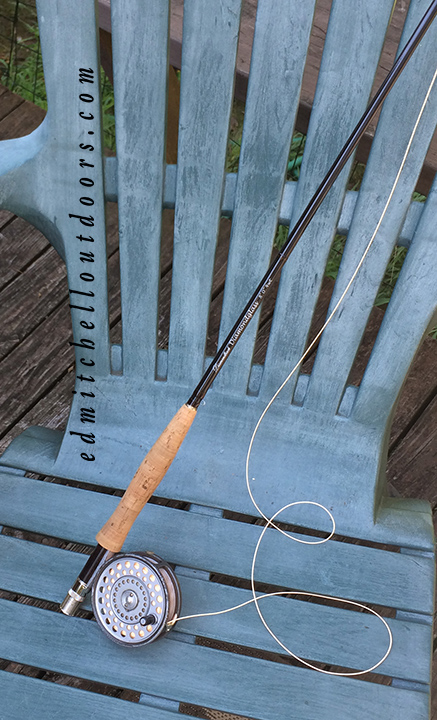




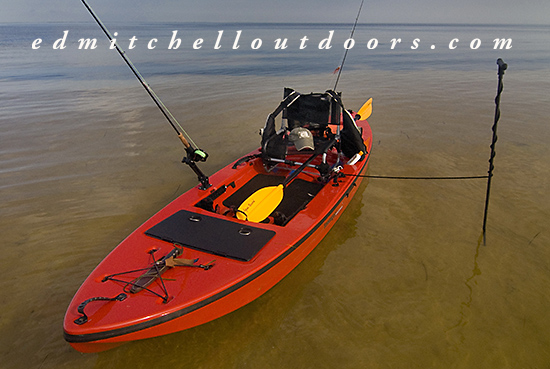

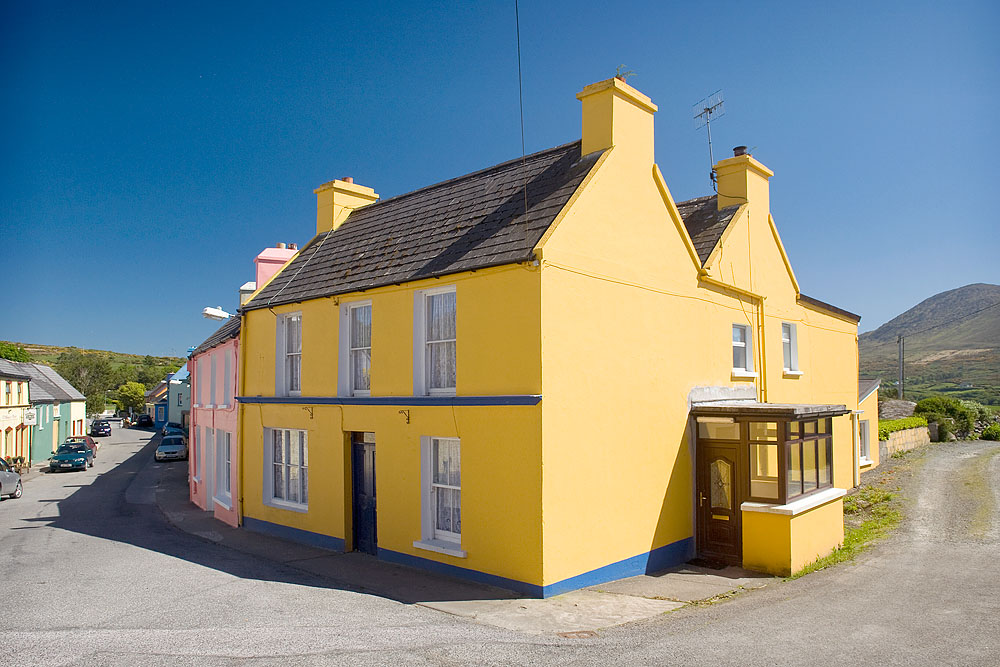

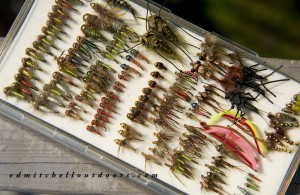
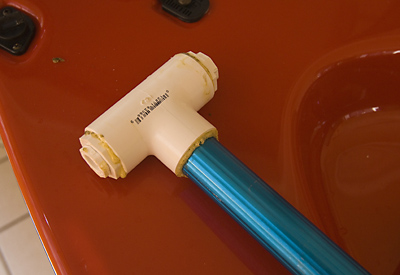



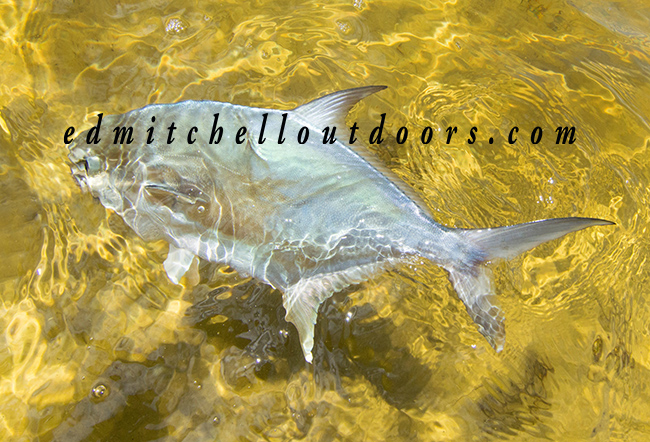

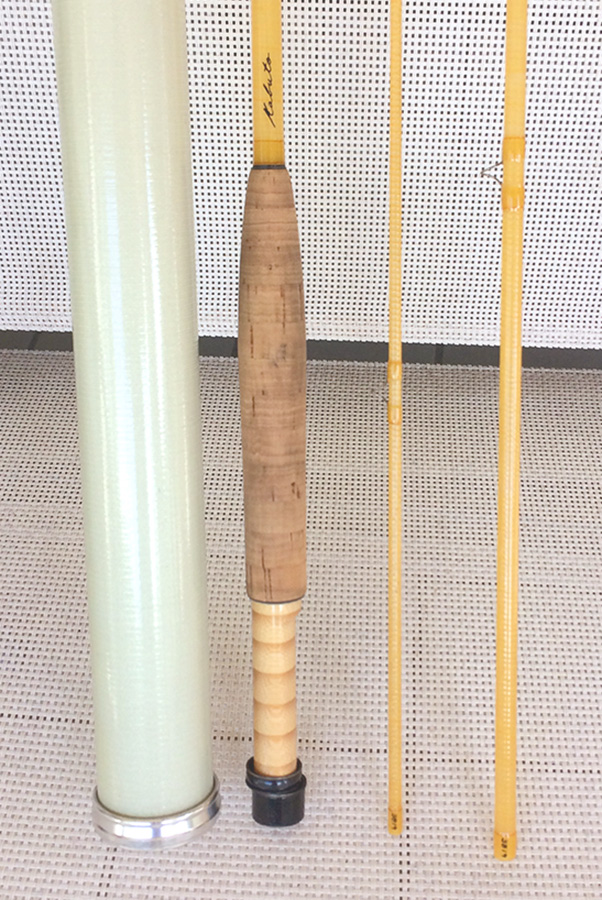


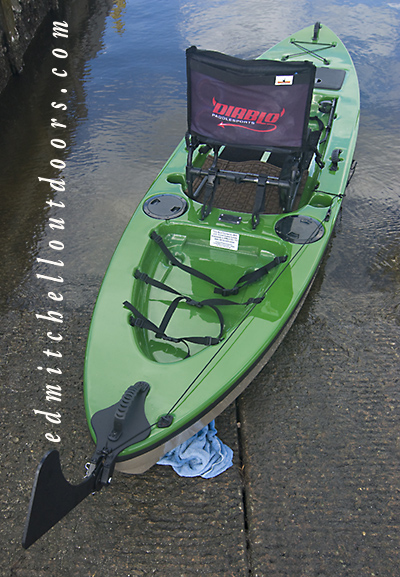


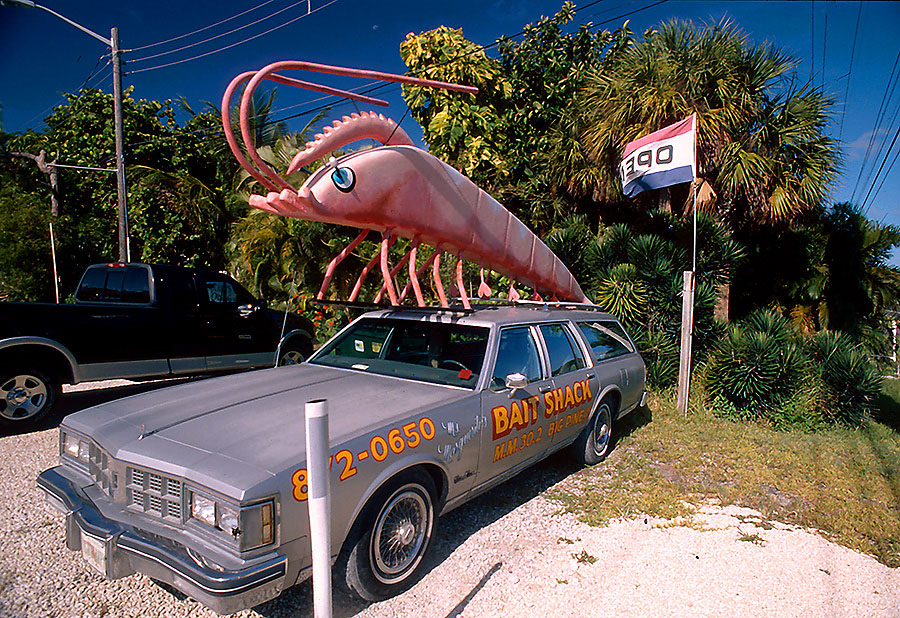
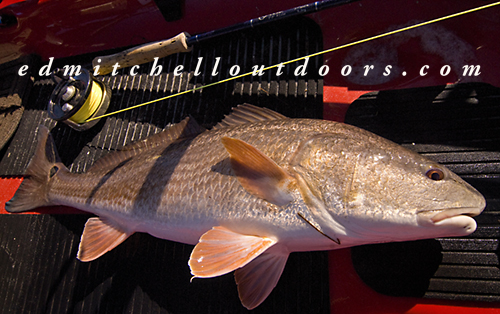
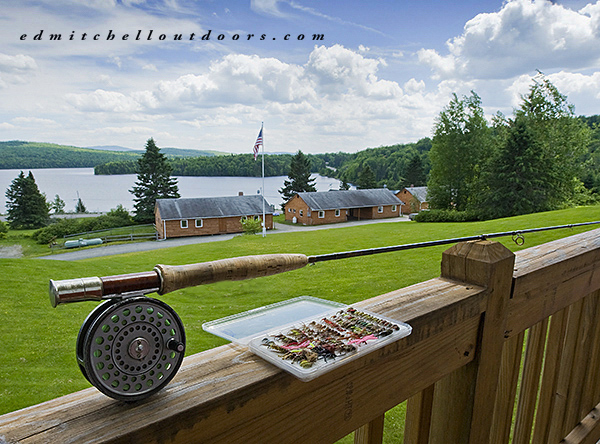

First, thanks much for taking the time to write these articles. They are gold to many of us, altho most won’t take the time to tell you that.
I purchased an 8′ 4 weight first gen Diamondglass rod a few years ago. I live on the FL panhandle Gulf Coast and 99.9% of my fishing is in the salt flats with a 10 mph wind, so I’m primarily a fast graphite kind of guy. But every once in a while I get to visit relatives or friends in NC, TN, VA, PA or NY. That is when this Diamondglass rod, and a few other lightweight glass rods, come to life.
I completely agree with your statement that this rod fits into the gap between traditional glass and modern graphite. With a little double-haul, it can cast a streamer 50 ft with no problem, and handles drop rigs too. And it has the guts to handle fish that are a little bigger than expected. (big grins) I also have a Diamondglass 6′ 5 weight and just bought a 6.6′ 3 weight, so I knew what to expect from this rod, and I was NOT disappointed. When I want the slow feel of old glass on smaller streams, I turn to my Golden Shadow or Blue Dunn. But the Diamondglass rods are my favorite for fresh water.
Thanks again for doing what you do!
joel
Hey Joel,
Your right, not many people take the time to tell me how much they enjoy my posts. So your comment is greatly appreciated! Yes, those Diamondglass rods are special. Unfortunately I only own one, but I use it a fair bit. And like you, I turn to older rods for that traditional glass feel. Most notably, my Winstons.
Best wishes on the water
Ed